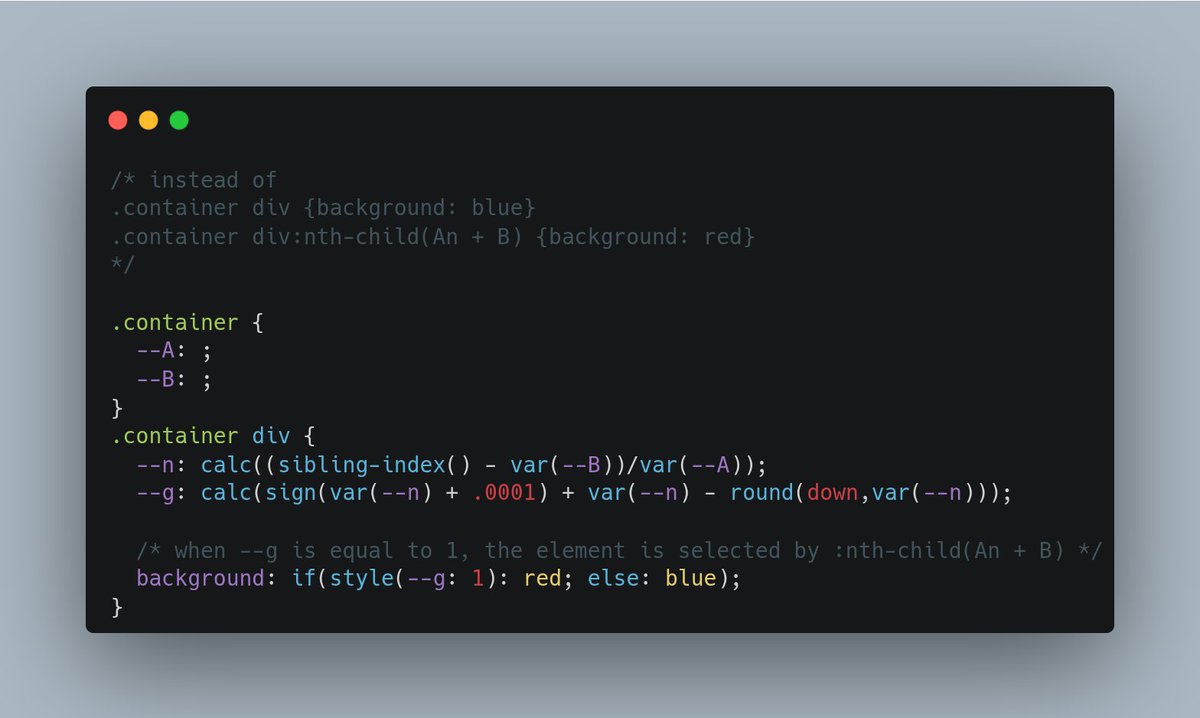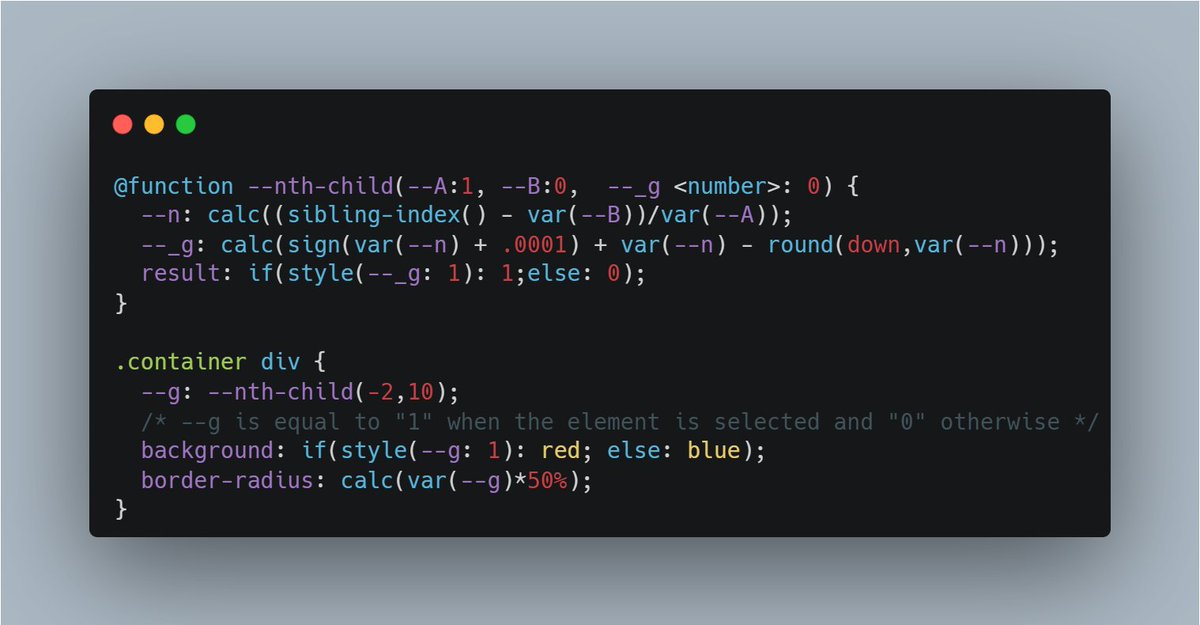
CSS by T. Afif
@challengescss
💡 css-tip.com
🧩 css-shape.com
💫 css-loaders.com
📝 css-articles.com
⚙️ css-generators.com
🏆 css-challenges.com
🎨 css-pattern.com
🎨 css-only.art
ID: 1384161676090437646
https://support.temani-afif.com 19-04-2021 15:07:22
5,5K Tweet
13,13K Followers
131 Following











Here is a demo where you can add/remove images and see how they align perfectly. Demo: codepen.io/t_afif/full/jE… via CodePen.IO As a bonus, we can have a nice animation by adding a transition to the offset property.






